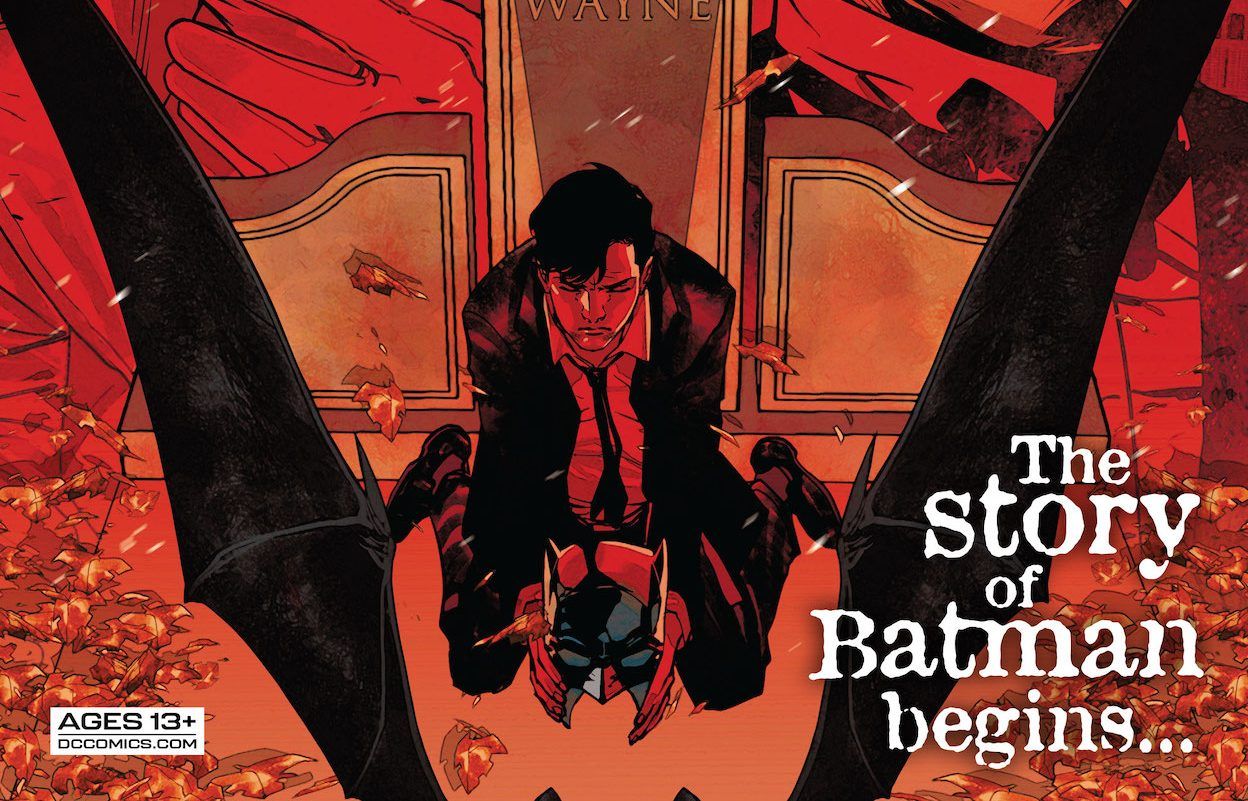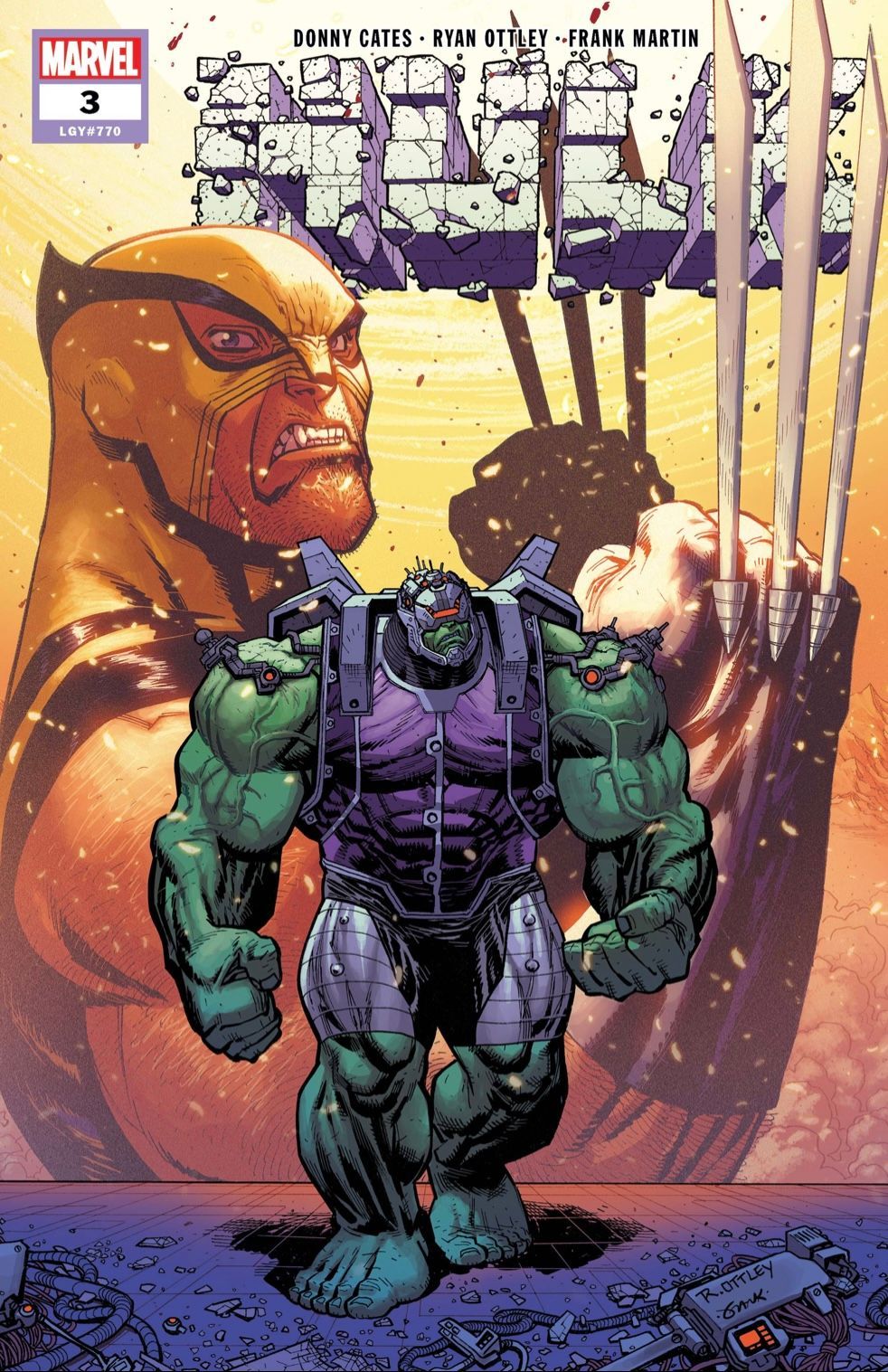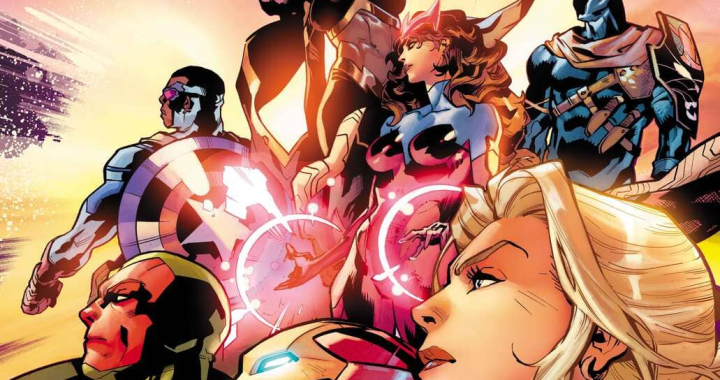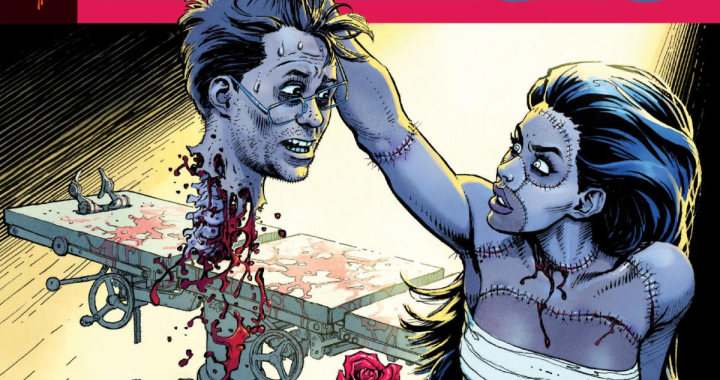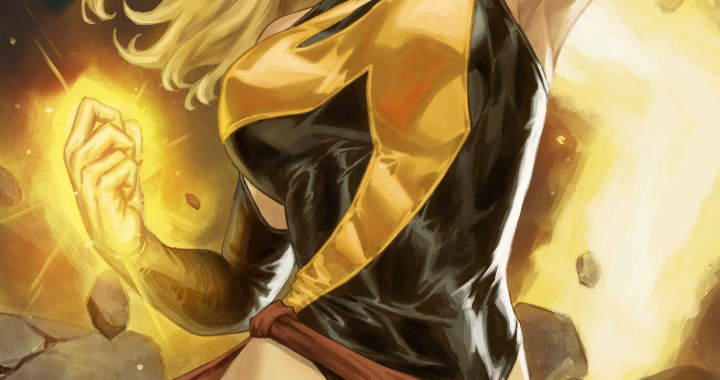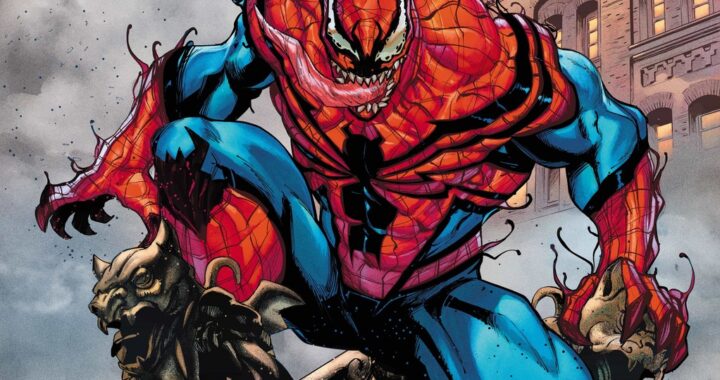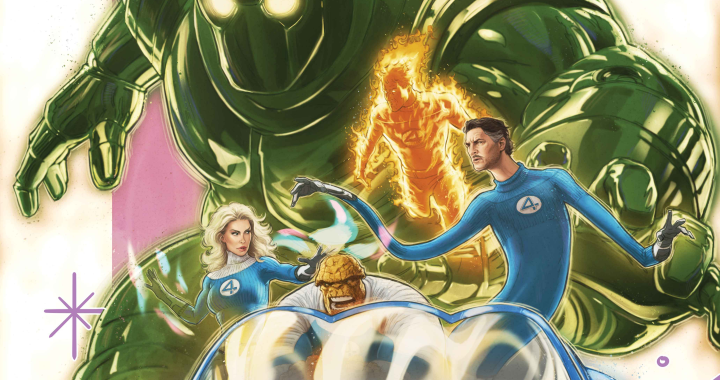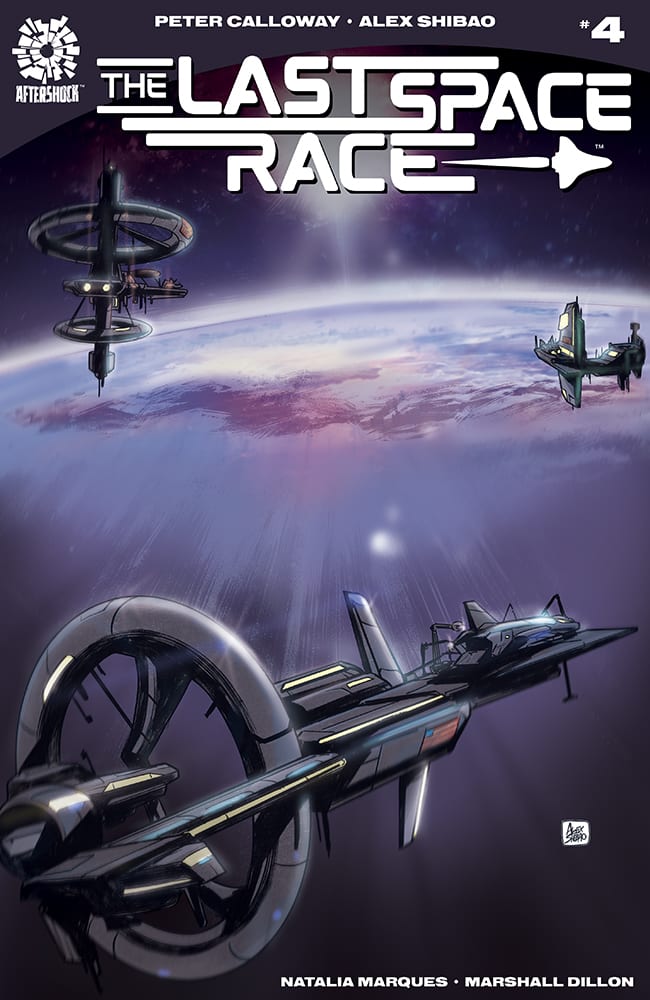
Review: The Last Space Race #4
 Aftershock is one of those independent publishers that have become synonymous with quality storytelling. Aftershock has built a reputation on creator-owned properties featuring heavily character driven narratives often of a somewhat darker tone. The Last Space Race is a science fiction story that fits squarely into Aftershock’s wheelhouse. While it’s not exactly high concept sci-fi, it is complex, intelligent and thought-provoking enough for fans who enjoy the less jargon heavy titles in the genre. It’s based firmly in reality and the present time so there aren’t any alien worlds or extra-terrestrial dialects to familiarize yourself with, at least not yet.
Aftershock is one of those independent publishers that have become synonymous with quality storytelling. Aftershock has built a reputation on creator-owned properties featuring heavily character driven narratives often of a somewhat darker tone. The Last Space Race is a science fiction story that fits squarely into Aftershock’s wheelhouse. While it’s not exactly high concept sci-fi, it is complex, intelligent and thought-provoking enough for fans who enjoy the less jargon heavy titles in the genre. It’s based firmly in reality and the present time so there aren’t any alien worlds or extra-terrestrial dialects to familiarize yourself with, at least not yet.
Series writer Peter Calloway’s narrative begins with the discovery of an anomalous object the size of a small city in our solar system just out of Saturn’s orbit. The huge object doesn’t behave like anything science can identify or even categorize for that matter. However, the movement and energy signatures given off by the object have aroused the interest of not only scientists, but the government and a Tony Stark-like tech mogul, named Sasha Balodis. Sasha is very interested in being the first to reach this strange object and if his assertions are correct, reap the rewards for the United States, however every story needs an antagonist. Enter Roger Freeman, arch-nemesis of Balodis’ and his only real competitor in the field of aerospace tech.
This issue begins with Sasha on a sort of “space walk”only he is basically on a huge robotic arm connected to a satellite. He is in constant contact with the crew aboard the main ship when things go catastrophically wrong with the articulated arm control panel. The mission is aborted, but Sasha has completely lost control of his movement and continues to drift dangerously close to an explosive section of the satellite containing large amounts of volatile gases. Calloway’s narrative is essentially two stories, the main plot is enhanced by the tale of young Sasha and his family’s perilous escape from Latvia into Finland in 1983. The flashback portions of the narrative are poignant and dramatic. Calloway does some fantastic character work here giving us a real glimpse into the events that made Sasha the man he is today. His thoughts while drifting, helplessly in the cold void of space are of a time he felt equally as helpless in the cold void of Latvia 1983. Both were times he felt as though his fate was not in his own hands and he was forced not only to rely on others, but to be subject to outside forces acting on him, controlling the outcome of his life at a major turning point, a fulcrum of his very existence.
There is a very cinematic feel to Calloway’s dialog, these characters could very easily make the transition to the screen. The authenticity that comes from deep character development permeates the entire script. It should come as no surprise that Calloway has worked in television on such shows as Legion, Cloak and Dagger and Under the Dome. That kind of organic, conversational dialog that flows so naturally and is delivered with an almost poetic, measured rhythm adds a degree of depth to these characters that is far too often overlooked in comic books. The huge risk ventured on this mission, the life or death stakes looming over every move made by these characters brings an extreme urgency to the narrative that is absolutely engrossing, but that is completely contingent upon Calloway’s completely amazing character work.
Visually this book is sublime. Artist Alex Shibao expands the cinematic quality of Calloway’s narrative with some really fantastic spacescapes. Shibao relies heavily on realism opting for a more photographic depiction of space over the Kirby-esque takes we have seen in other comic books set in the cosmos. Although I am personally a huge fan of the traditional comic book style, Shibao’s fresh take on a well used setting works extremely well with Calloway’s more grounded science fiction tale. The characters themselves are also more realistically rendered with a fairly strict interpretations of anatomy, this approach also works very well in the same respect. Shibao’s effective use of facial expressions and body language enhance the dramatic moments as well as the emotional elements of the narrative. As good as these elements are the star of the show for me is colorist, Natalia Marques. The meticulous manner in which Marques uses color to heighten the emotional element of this book is as good as it gets. The use of color to depict to cold of space, the vibrant blues and violet tones fading into black. It’s so well done. Then the switch to more muted tones and warmer colors in the flashback sequences really give you a feel for the past. It’s not often enough that the colorist is given the spotlight, but I’m going to do my little part to change that here.
Overall, this is a very solid issue. The plot progression and pace of the issue is brisk without feeling rushed. The dialog is so well handled and the characters are fully actualized. There’s not a ton of big action, the tension and drama make up the lions share of the issue, but that’s fine with me. If your looking for big action scenes and battles this is probably not the book I would suggest. However, if you are looking for a good read with a sci fi bent and great characters, this might be the book you’re looking for. 3.5/5
[yasr_overall_rating size=”large”]
Co-Creator/Writer- Peter Calloway
Co-Creator/Artist- Alex Shibao
Colorist- Natalia Marques
Letterer- Marshall Dillon
Author Profile
Latest entries
 Comic BooksFebruary 14, 2022Review: Draculina #1
Comic BooksFebruary 14, 2022Review: Draculina #1 Comic BooksJanuary 25, 2022Review: Batman: The Knight #1
Comic BooksJanuary 25, 2022Review: Batman: The Knight #1 Comic BooksJanuary 20, 2022REVIEW: Hulk #3
Comic BooksJanuary 20, 2022REVIEW: Hulk #3 TV & MOVIESJanuary 12, 2022Review: Dexter: New Blood- Sins of the Father. Series Finale?
TV & MOVIESJanuary 12, 2022Review: Dexter: New Blood- Sins of the Father. Series Finale?

